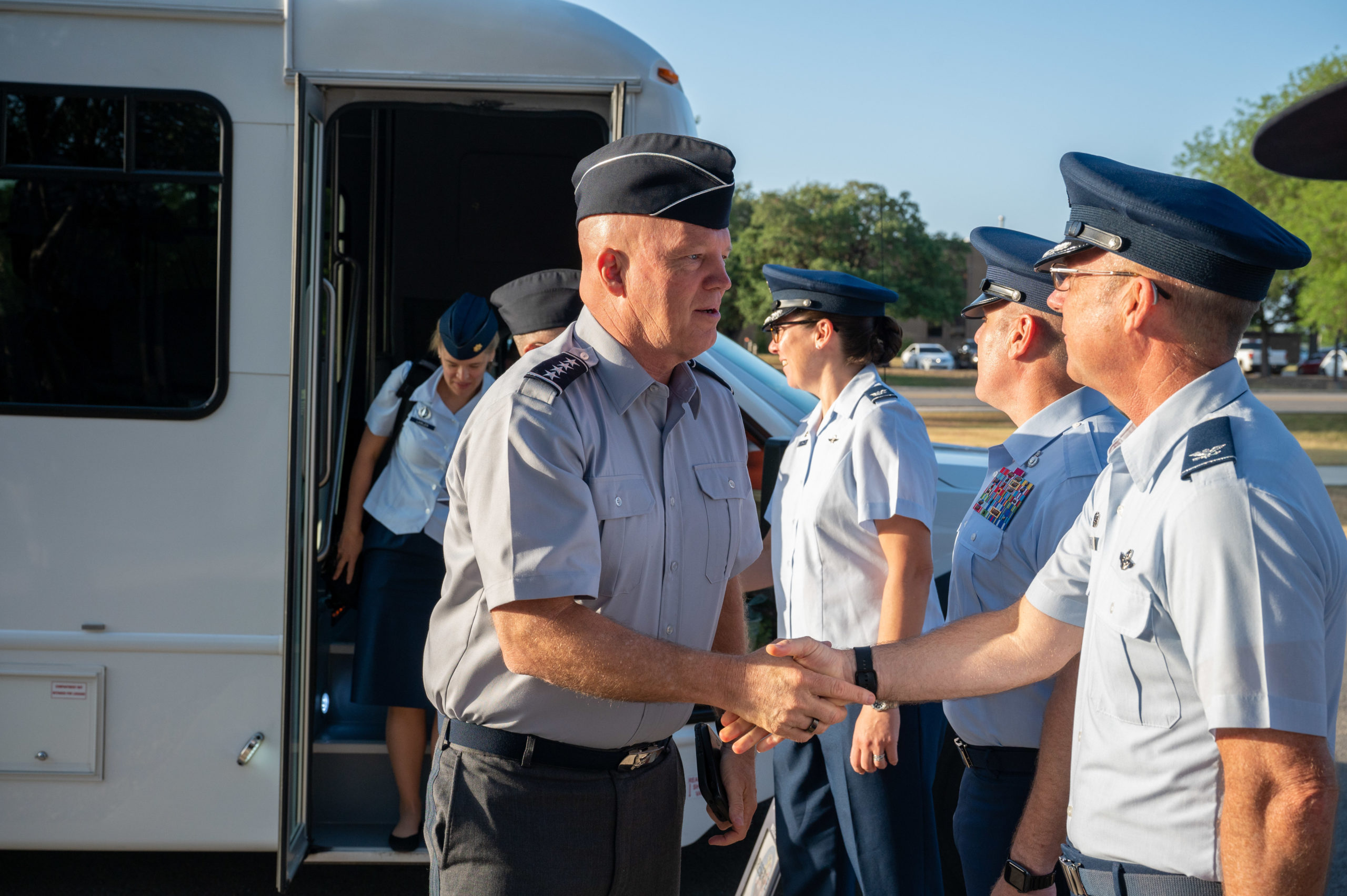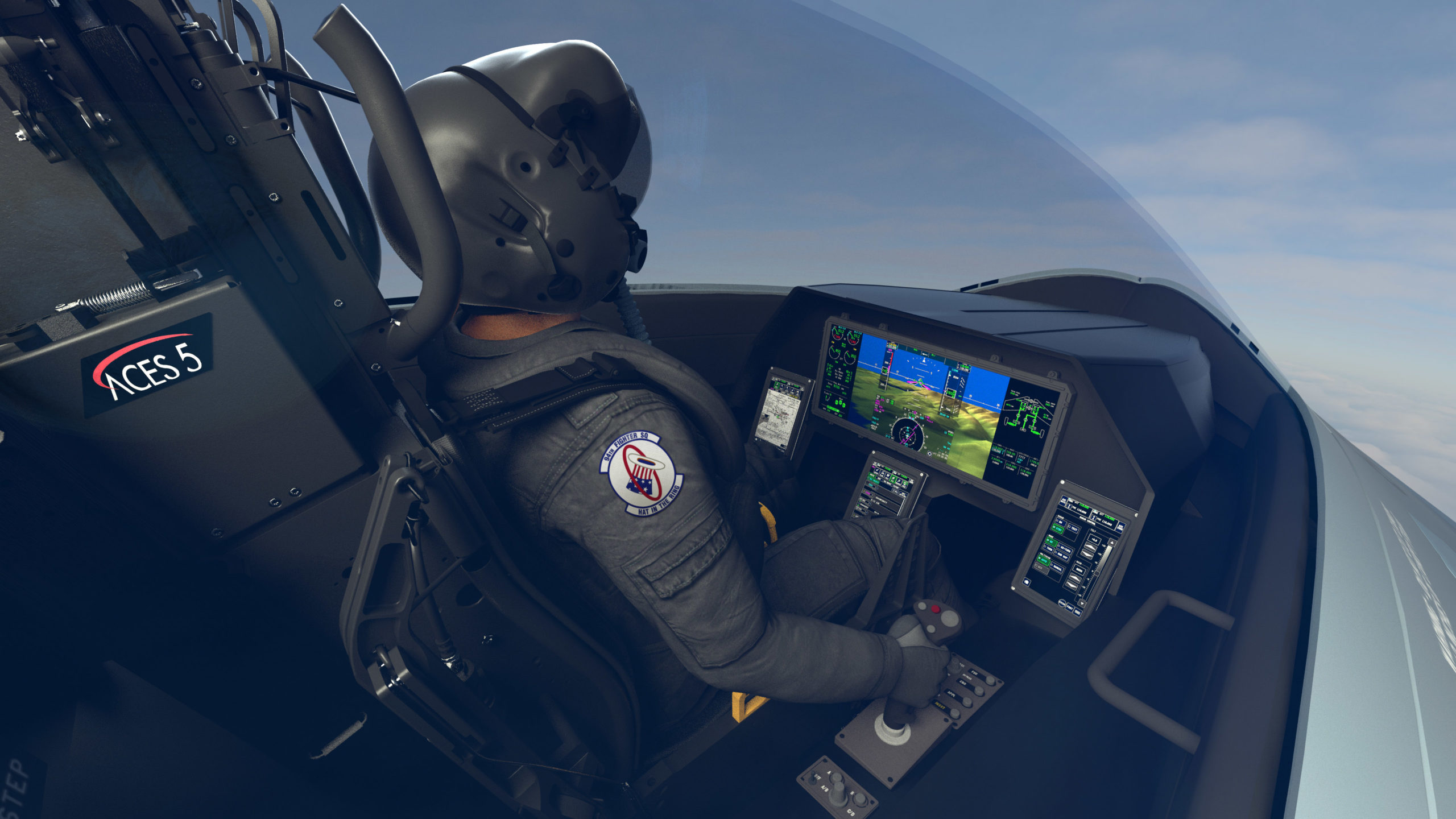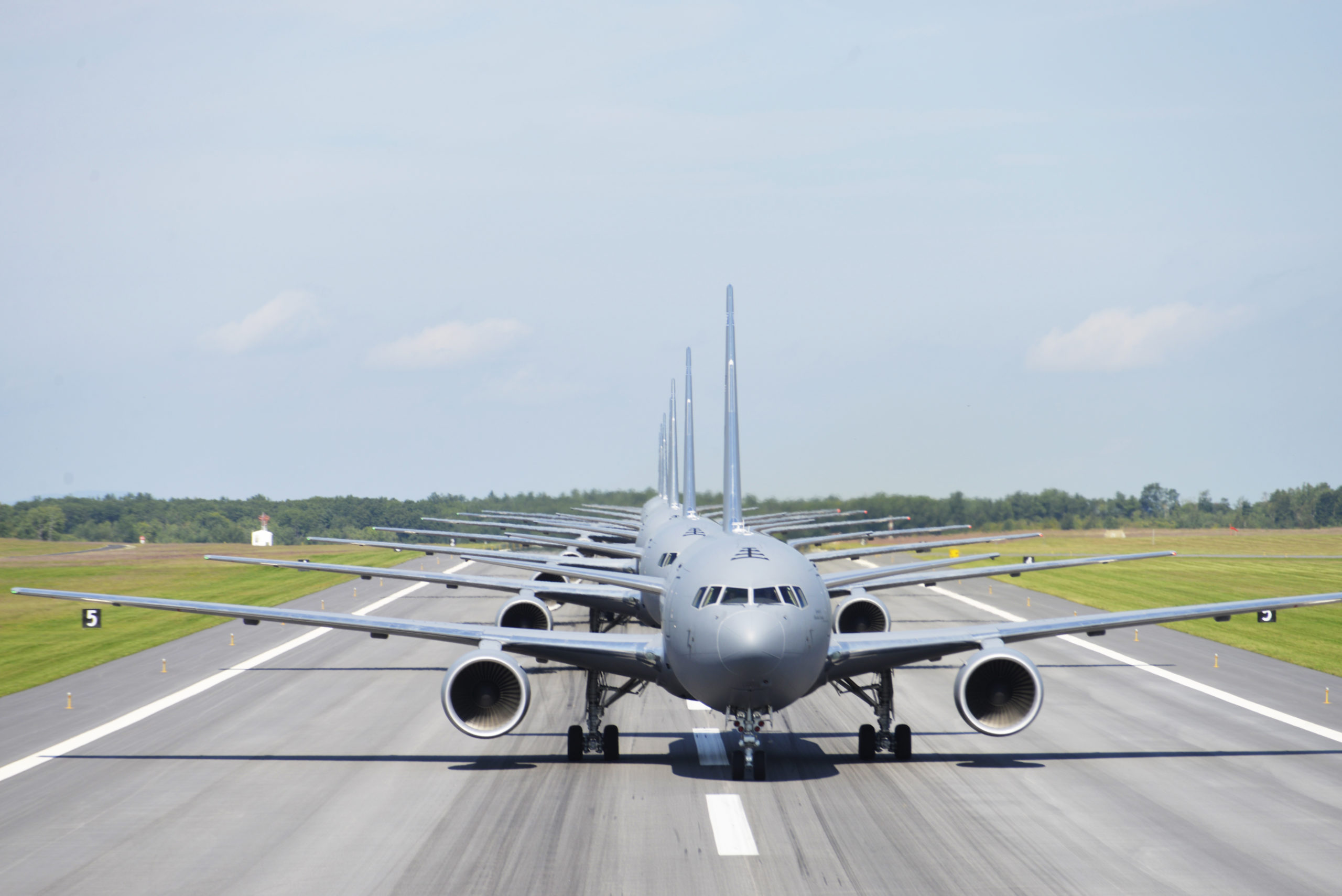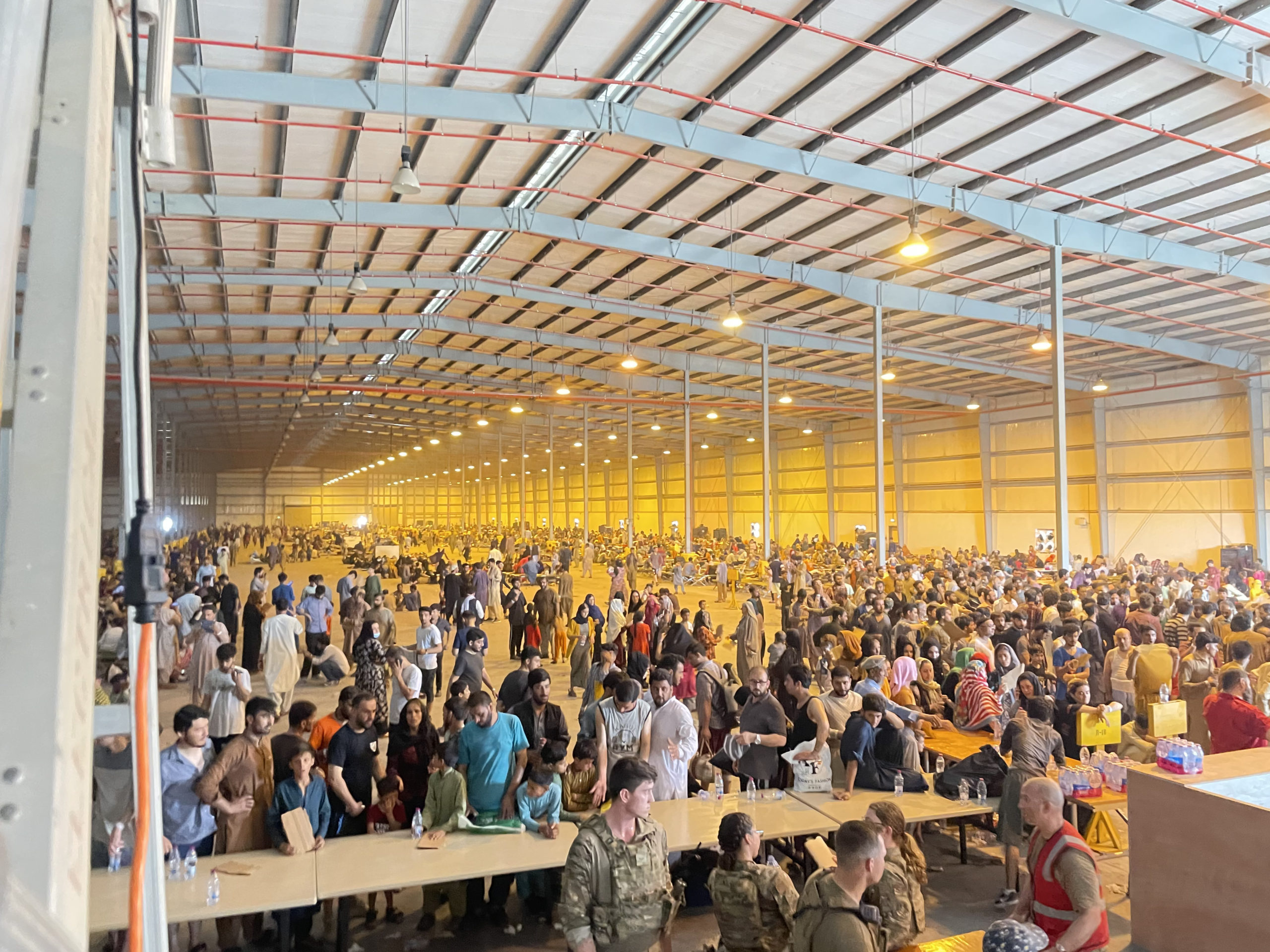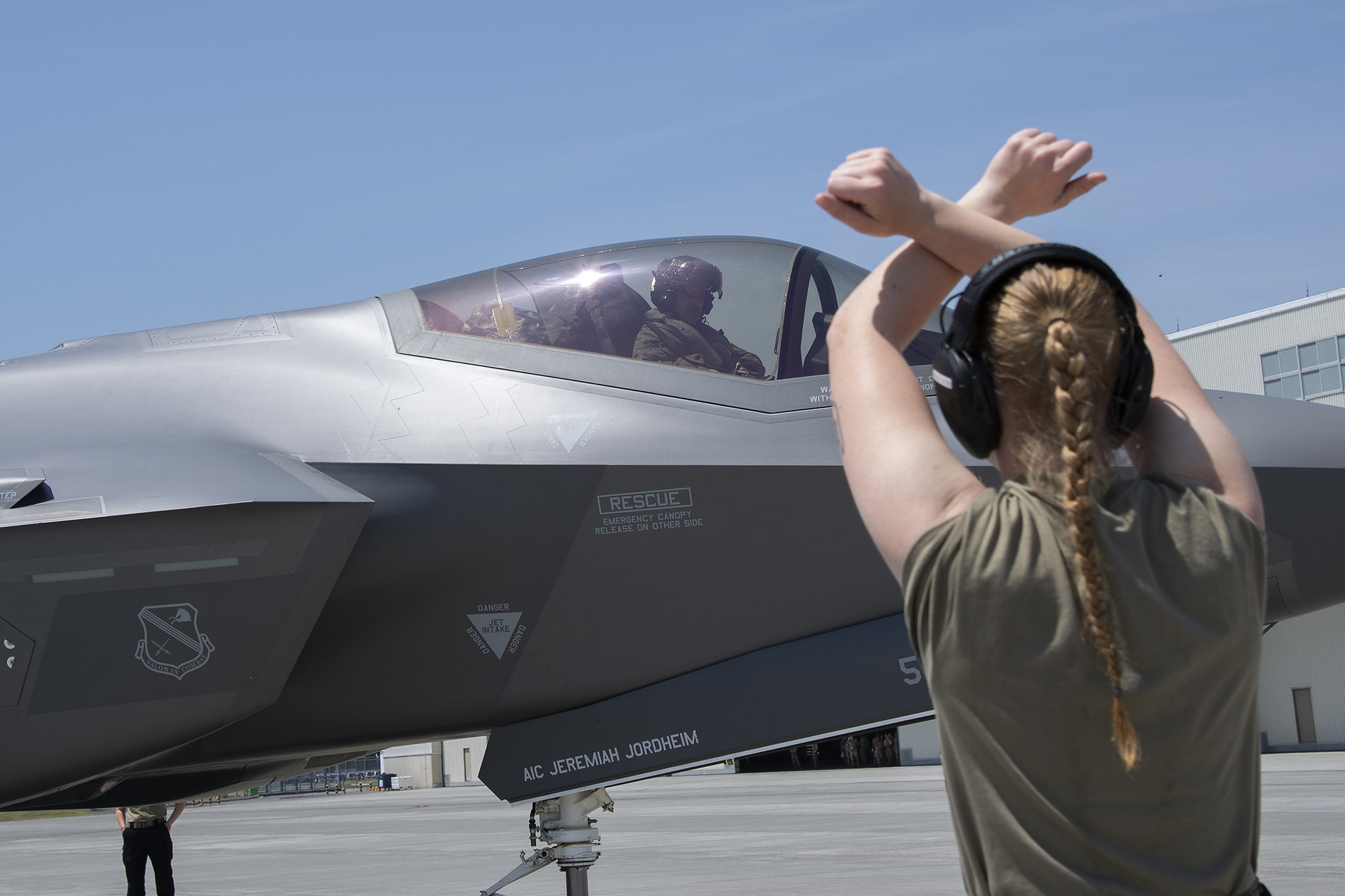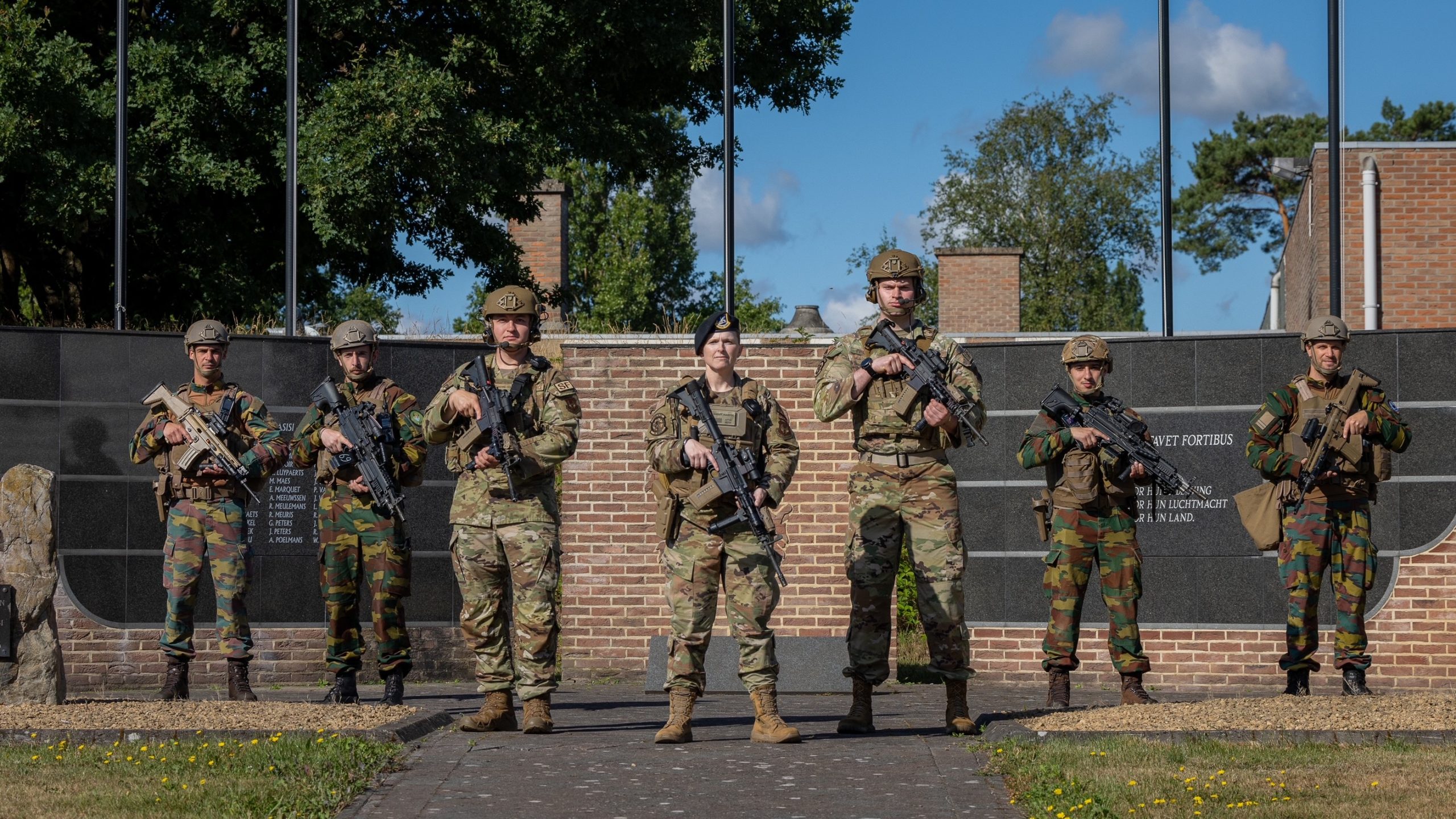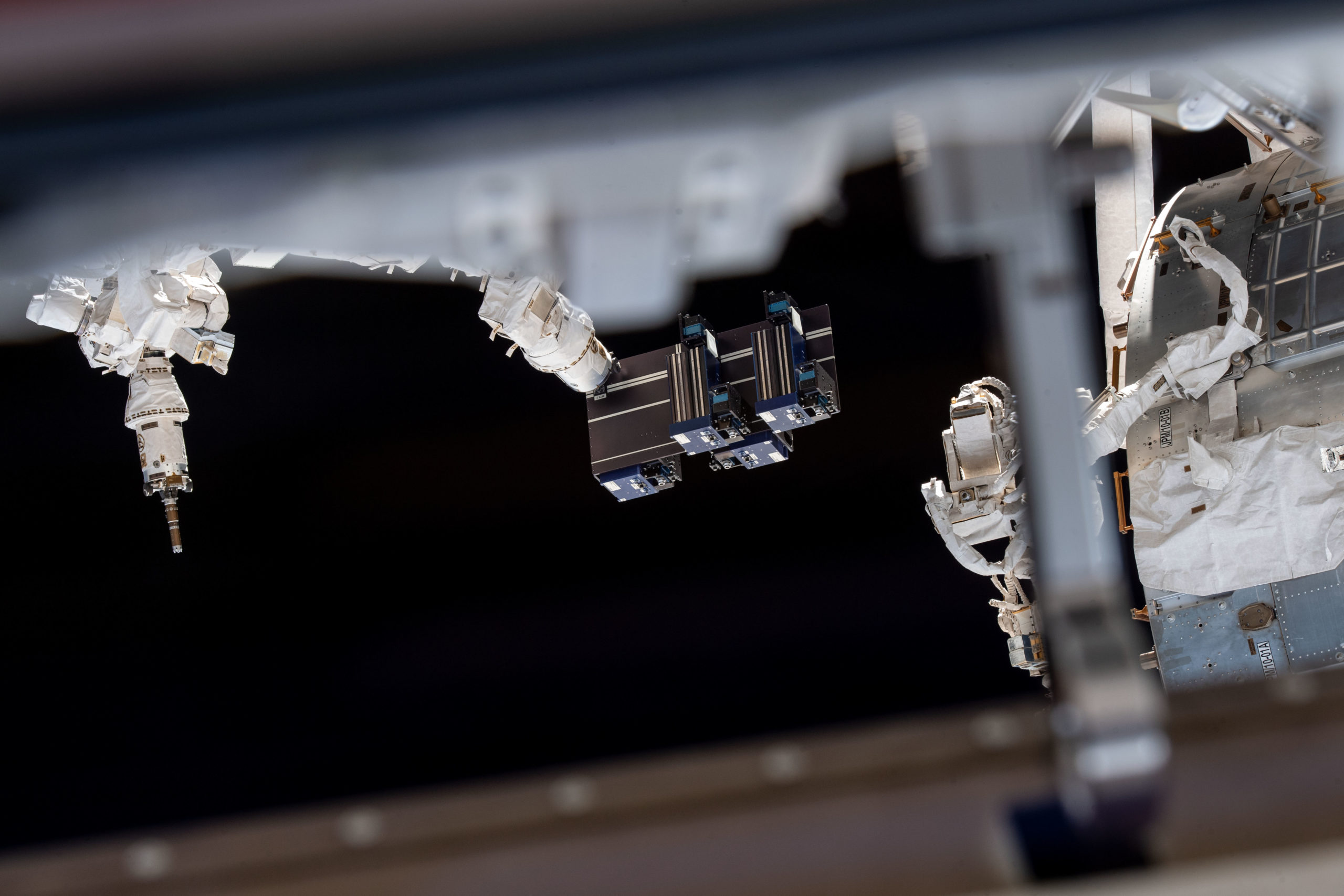The Air Force’s 12 Outstanding Airmen of the Year for 2022 will be formally recognized at AFA’s Air, Space & Cyber Conference from Sept. 19 to 21 in National Harbor, Md. Air Force Magazine is highlighting one each weekday from now until the conference begins. Today, we honor Master Sgt. Brandon S. Blake, a detachment superintendent for the 720th Operations Support Squadron in Birmingham, Ala.
Blake, a respiratory therapist, was the team sergeant for a six-member special operations surgical team (SOST) that also included a surgeon, an anesthesiologist, a surgical technician, a critical care nurse, and a medicine physician. The six Airmen have worked together before, so when they were short-notice tasked out of the University of Alabama at Birmingham to deploy for Operation Allies Refuge, the team didn’t take long to assemble.
“We were out the door within a couple of days,” Blake said. “The awesome part about our team and our team construct is that everything we do, we do together. So we already knew what we wanted to pack and take with us.”
The team spent the next two weeks supporting 5,100 U.S. personnel, treating 71 wounded, and enabling seven surgeries during the Air Force’s largest mass casualty event in 10 years and the largest evacuation in U.S. history.

“We never ‘want’ to do our job,” Blake said. “We’re like 9-11 for 9-11. When something bad happens, [and you need] a special operations surgical team, it’s probably the worst absolute day of a mission of anybody’s life. So we already kind of prepared for that. We’ve trained for it.”
After establishing casualty collection points (CCPs) and doing recon during security breakdowns on the last day of the operation, Blake’s team was one of the final three medical teams on the last flight out of Hamid Karzai International Airport in Kabul.
Both the 82nd Airborne Division commander and the Marine Corps Commandant lauded his performance in Afghanistan, but Blake said the “unmatched flexibility” of his SOST and their kinetic relationship is what made their response so exceptional.
“When it’s time to go, you don’t need to talk,” he said. “Nobody needs to say anything. You just know exactly where you need to be and who needs what. That dynamic with this team in particular was spot on. I mean, I couldn’t have gone with a better team.”
That responsiveness kicks in while on American soil and out of uniform, too. While off duty in Birmingham, Blake witnessed a car accident in which a civilian’s vehicle, a few cars ahead of his own, flipped while going about 70 miles per hour. Blake pulled over and evaluated the driver’s trauma while directing another “good Samaritan” to alert 9-11. He kept the patient stabilized until emergency responders arrived.
When asked about the source of his calm leadership and habitual preparedness, Blake attributed it to his father, who retired as a chief master sergeant after 30 years in the Air Force. He also credited Lt. Col. Mark Northern, his former detachment commander whose “humble leadership” continues to inspire Blake’s own leadership roles today. He said these individuals “highlight how I want to be and what I want to … grow to. I’ve had some really good role models and mentors throughout my life.”
As he prepares to travel to National Harbor for his recognition as an Outstanding Airman of the Year at AFA’s Air, Space & Cyber Conference, Blake emphasized that the honor isn’t his alone.
“It took a team, you know,” he said. “This isn’t a ‘me’ win. This is a team win. I’m just proud to represent the respiratory therapy community and SOST.”
Meet the other Outstanding Airmen of the Year in 2022 below:

